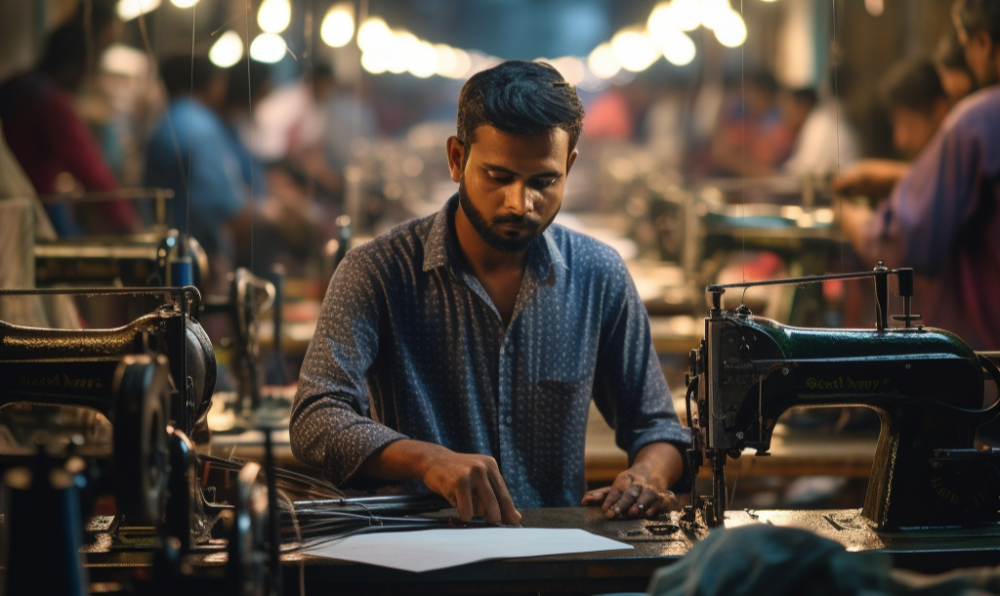
Diversifying Exports: Bangladesh's Strategy to Stay Competitive in Apparel Sourcing Amid Cooling Demand
Bangladesh exports have been struggling this year, including its flagship textile and apparel sector, which experienced a -10% YoY dip in demand for inspections and audits during the first nine months of 2023. US-based buyers in particular appear to be scaling back textile and clothing sourcing from Bangladesh.
To protect its exports from future shocks, Bangladesh must diversify its supplier offerings – or risk further dips in sourcing demand in the future. Astute Western buyers will closely monitor Bangladesh’s journey as it navigates these challenges.
Demand for Apparel Sourcing in Bangladesh Decreasing
Western buyers in the EU and US are increasingly turning away from sourcing textiles in South Asia. Inspection and audit demand in two of South Asia’s textile powerhouses, Bangladesh and India, contracted year-on-year from January to September 2023, (although Western textile sourcing in these countries still remained above 2021 pandemic levels).
In Bangladesh, the textile and apparel sector saw a -10% YoY decrease in Western buyers’ demands for inspections and audits in the first three quarters of 2023. This trend is strongest amongst US buyers, with EU companies continuing to rely on Bangladeshi suppliers.
The Solution to Decreased Sourcing Demand: Bangladesh Must Diversify Exports and Demonstrate Quality
Recently published research points out that Bangladesh should diversify its supplier offerings to remain competitive as an exporter.
The country’s apparel industry, which is currently heavily cotton-oriented, can benefit from branching out into manmade textiles. While Bangladesh holds a 34.7% share in the EU’s cotton imports, its share for non-cotton garments is only 12%. Expanding beyond its traditional cotton focus and embracing manmade textiles can help Bangladesh broaden its appeal to global markets.
Figure 1. Share of Bangladesh exports in EU cotton imports vs. non-cotton imports

Outside of the ready-made garment (RMG) sector, there is a lot of export potential in other consumer goods –such as footwear, leather, and home textiles, among others– but Bangladesh must strengthen these sectors’ ability to compete globally. Electrical and electronic goods also offer valuable export opportunities. However, this sector is currently dominated by more established sourcing markets like China and Western companies may be hesitant to move sourcing to Bangladesh.
To become a competitor in diverse industries, Bangladesh needs to demonstrate its ability to produce high-quality, dependable products. It can do so by strengthening local institutions responsible for internationally recognized certifications and ensuring that manufacturers have access to the necessary testing facilities. By showcasing consistent quality and diversity in its exports, Bangladesh can enhance its position in the competitive world of international trade.
Key Figures
QIMA’s survey of more than 250 businesses shows that:
Bangladesh's textile and apparel sector struggles: In the first nine months of 2023, Bangladesh's textile and apparel sector witnessed a -10% year-over-year decline in demand for inspections and audits, signaling a challenging year for the industry.
Diversification as a solution: Bangladesh holds a 34.7% share in the EU’s cotton imports, but its share for non-cotton garments is only 12%. To safeguard its exports and remain competitive as a sourcing destination, Bangladesh must diversify its supplier offerings.
Related Articles


